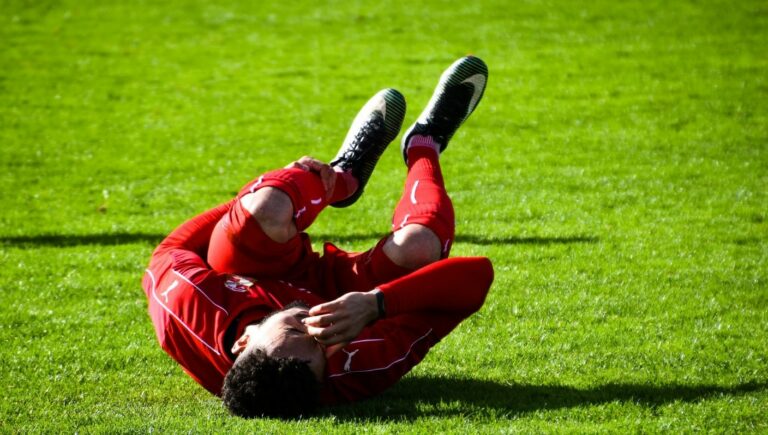Are you dealing with knee issues and fear it might be a meniscus tear? Swelling, pain, difficulty walking/running/climbing/rising from sitting or descending stairs, and loss of knee range of motion (ROM) are the common symptoms of a meniscus tear. Menisci are the C-shaped cartilages in your knee joint (two in each knee). They are tough and flexible tissues that act as shock absorbers and help distribute the weight and stabilize the knee joint. Meniscus tear is a common injury, especially for athletes. It arises due to concerns such as over-flex/twist of the knee, heavy lifting while squatting, sudden stop/change of direction when running/turning/jumping, physical force, such as a tackle, to mention a few. A meniscus tear can be treated in various ways. The right treatment after a meniscus tear primarily depends on the extent of the injury, location within the cartilage, and its kind. The common treatment options include;
Self-care
In many cases, R.I.C.E is sufficient as you deal with a meniscus tear. This includes;
- R – Resting the leg and ensuring you aren’t putting weight on it
- I -Applying ice to keep the swelling down
- C -Compressing the area, either with a compression wrap or an elastic bandage
- E -Elevating the leg, typically raising it above the heart’s level
You can complement your efforts with pain relievers. Using crutches as you walk until the pain and swelling subside is recommendable. You can also use a brace to support and stabilize the knee.
Physical therapy
Personalized physical therapy is among the most effective meniscus tear treatment options. The approach helps strengthen the muscles and keep them stable. While physical therapy goals might vary following the injury’s extent and your situation, such as for athletes and their demanding requirements, the common targets are lowering the swelling and pain, improving ROM, muscles’ strength around the knee, and functional mobility. The treatment also helps you learn measures to avoid future knee issues that could lead to a meniscus tear.
Surgery
Surgery to remove, or repair the torn meniscus, might be necessary. This is usually if self-care and physical therapy doesn’t work or if the tear is severe. Mild Grade 1 and 2 don’t necessitate surgery, but if the tests, including MRI, indicate you have a Grade 3 meniscus tear, surgery is the best treatment option.
The surgical options could entail removal of the whole meniscus, known as the arthroscopic total meniscectomy. In other cases, partial removal is enough to regain the knee’s normal function, an operation known as an arthroscopic partial meniscectomy. The other surgical approach is arthroscopic repair. This involves a small cut and insertion of small, darts-like devices to stitch the cartilage. The devices won’t be removed; your body absorbs them over time.
Surgical meniscus tear treatment is low-risk. Nonetheless, while complications are rare, you could experience infection, knee stiffness, or injury to skin nerves. After surgery, the doctor might prescribe antibiotics to keep infections at bay. They could also recommend compression stocking. This helps in the prevention of blood clots. You may have to wear a brace/cast, helping to keep the knee stable. You may also have to use crutches for some time, typically a month, to keep weight off the knee. The recovery period varies. For partial or total meniscectomy, the recovery period averages a month, while it could take as long as three months if you had a surgical repair.
There is no one-size-fits-all treatment after a meniscus tear. Following your situation, your doctor will help you understand the extent and the best treatment.




